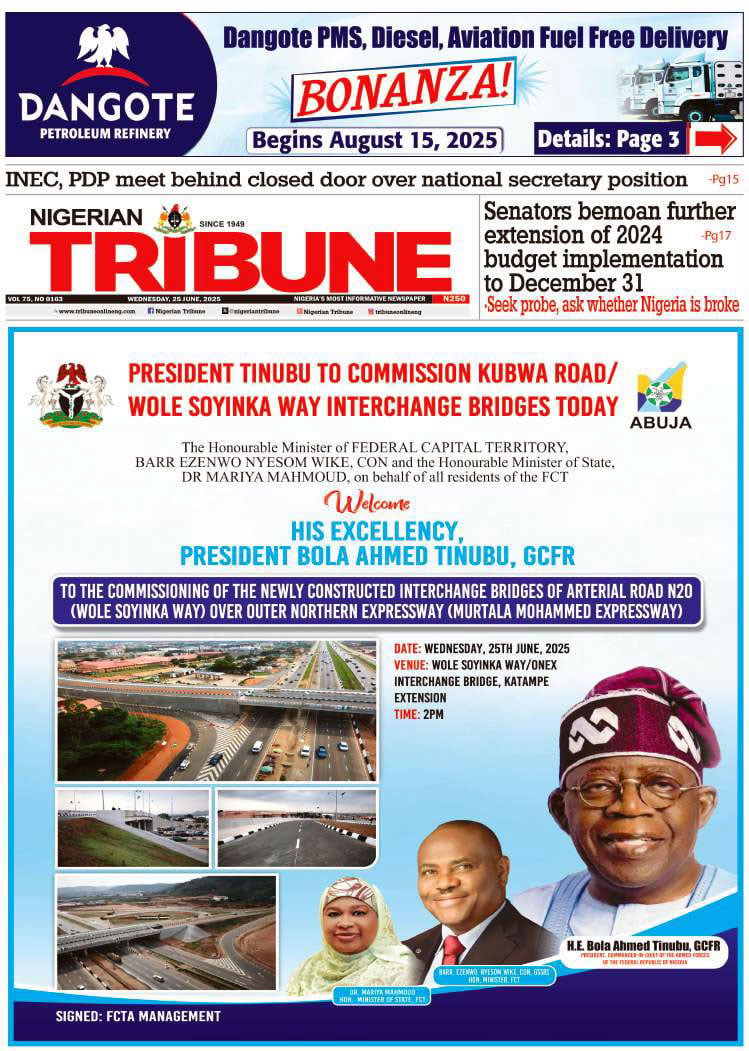With the help of advanced teleradiology, a small hospital in Virginia is changing what’s possible in rural stroke care.
Every second counts when someone is having a stroke. The faster a patient can be diagnosed and treated, the better their chances are for survival and recovery. According to the American Heart Association, medical teams should aim to perform brain imaging within 20 minutes of a stroke patient’s arrival and start treatment within 60 minutes. Yet for many small and rural hospitals, meeting that standard is incredibly difficult—especially without 24/7 radiology coverage or on-site stroke specialists.
That was the situation facing a critical-access hospital in rural Virginia, which was struggling with stroke imaging turnaround times that averaged 80 minutes. But that all changed when the facility partnered with The Radiology Group, a medical imaging company that specializes in teleradiology services. After implementing a new, streamlined stroke protocol supported by around-the-clock radiology coverage, the hospital brought its average turnaround time down from 80 minutes to just 12 minutes. This remarkable improvement didn’t just save time—it helped the hospital achieve a stroke-ready certification and opened up new doors for delivering faster, better care in its community.
The Problem: Delays in Diagnosing Stroke
Strokes are a medical emergency that can lead to permanent brain damage or death if not treated quickly. There are two main types of strokes: ischemic strokes, which are caused by blood clots, and hemorrhagic strokes, which result from bleeding in the brain. Both types require immediate medical attention and, in many cases, advanced imaging like a CT scan to determine the correct course of treatment.
In rural hospitals, though, there are often significant delays in interpreting these scans. Staff may have to call a radiologist who is off-site or not immediately available. In the Virginia hospital’s case, these delays added up to more than an hour of wait time—time during which the patient’s condition could worsen significantly.
That kind of delay isn’t just frustrating—it’s dangerous. Studies show that every minute a stroke goes untreated, nearly two million brain cells die. The faster a hospital can interpret imaging and start treatment, the better the chances are for a full recovery.
The Solution: A New Stroke Protocol with 24/7 Teleradiology
To address this challenge, the hospital implemented a new stroke protocol built around teleradiology, a system where medical images are shared digitally with off-site radiologists who can interpret them remotely. In this case, the hospital partnered with The Radiology Group, which offers 24/7 radiology services—including subspecialty reads for strokes and neurological emergencies.
Here’s how the new process works:
- Immediate image transfer: The moment a CT scan is completed, the images are automatically sent to The Radiology Group’s secure platform. There’s no delay, and no need to manually call or page a radiologist.
- Dedicated stroke team: A neuroradiologist, trained in identifying signs of stroke, quickly reviews the scans and prepares a report. Because The Radiology Group operates around the clock, there’s always someone available to provide this service.
- Real-time communication: As soon as the scan is read, the results are sent directly to the hospital’s electronic medical records system. At the same time, care team members receive notifications, allowing them to act on the results immediately—without any back-and-forth phone calls.
The result? Stroke imaging turnaround time fell from an average of 80 minutes to just 12 minutes. That’s more than an 85% improvement, and it makes a huge difference in patient care.
The Impact: Certification and Better Patient Outcomes
Thanks to these changes, the Virginia hospital recently earned a designation as a stroke-ready hospital—a certification that recognizes facilities capable of stabilizing and treating stroke patients quickly and effectively. This kind of certification is more than just a badge of honor; it comes with real benefits for patients and the community.
One major advantage is that emergency medical services (EMS) are now allowed to route stroke patients directly to the hospital. Before the certification, ambulances may have bypassed the facility in favor of larger hospitals farther away. Now, patients can receive care closer to home, and sooner.
Being stroke-certified also improves the chances that patients will receive life-saving treatments like intravenous tPA (a clot-busting drug) or mechanical thrombectomy (a procedure that removes clots). Both treatments are highly time-sensitive, and reducing the delay to imaging increases the number of patients who qualify for them.
Additionally, this kind of achievement boosts community trust. Patients in rural areas sometimes worry that smaller hospitals can’t provide high-quality care. But with this new designation and a proven track record of fast stroke diagnosis, the Virginia hospital is showing that rural doesn’t have to mean second-best.
A Model for Other Rural Hospitals
What happened in Virginia isn’t just a one-time success story—it’s a blueprint that other rural hospitals can follow. More than 60 million Americans live in areas that are over an hour away from a major stroke center. For these patients, local hospitals play a critical role in early diagnosis and treatment.
However, building a stroke-ready program doesn’t necessarily require hiring full-time neurologists or radiologists. By leveraging services like those offered by The Radiology Group, hospitals can tap into a national network of subspecialty radiologists without bearing the full cost of on-site staffing. It’s a cost-effective way to improve patient care, meet national guidelines, and ultimately, save lives.
These kinds of partnerships also align with broader healthcare goals. As the system shifts from fee-for-service to value-based care, hospitals are being rewarded for delivering high-quality outcomes. Fast, accurate stroke diagnosis is one area where the right technology and workflow can make a major difference in both clinical results and financial performance.
A Future Where Time Is on the Patient’s Side
By cutting stroke imaging times from 80 minutes to 12, this small Virginia hospital didn’t just improve its processes—it reshaped the way rural communities can think about stroke care. With the support of The Radiology Group’s teleradiology services, the hospital now offers its patients faster diagnoses, better treatment options, and a stronger chance at recovery.
It’s proof that with the right tools and partnerships, even the smallest hospitals can deliver big-city care—and that when it comes to stroke, faster really is better.






